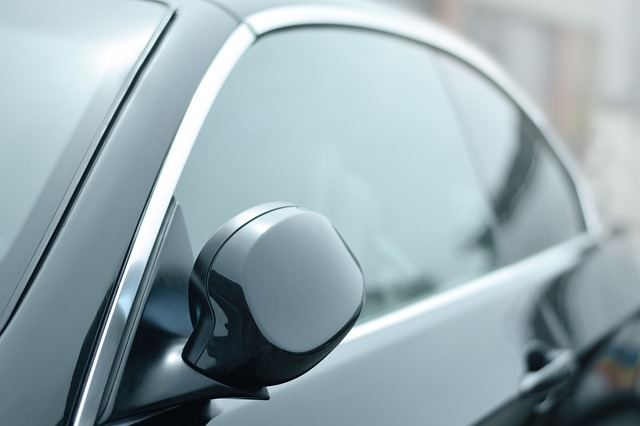New Hampshire RSA 265:95 forbids any aftermarket tint on the driver or passenger side windows. The law is primarily enforced during the yearly inspection and will cause a vehicle to fail the safety inspection.
States have progressively been moving to allow aftermarket tint on windows. In 1993, sixteen states did not allow any tint on these front-side windows. Now, only four states have this restriction. New Hampshire is one of the holdouts. The other states are Vermont, Michigan, and New Jersey. In NH, only the rear windows are allowed to be tinted, with the restriction that at least 35% of light must enter the vehicle. The front-side windows are not allowed to be tinted at all, other than what’s supplied by the vehicle manufacturer. In the 32 other states, tinting to 35% or darker is allowed on these front-side windows.
I proposed HB317 so New Hampshire can join 32 other states in allowing 35% tinting on the front-side windows. Legislators have introduced bills like this for years in NH, and they always seem to get voted down, but why?
The State Police usually present three reasons which give legislators pause. First, is that not being able to see into the vehicle presents a danger to the traffic officer. Second, the aftermarket tint film makes the window harder to break in the case of an emergency. The film on the outside of the glass holds the pieces together while the factory tint is located in the center of the glass, is thinner, and breaks easier. Finally, they say that it is dangerous because window tint might hinder nonverbal communication between drivers and other people on the road.
The biggest hurdle to overcome may be the claim that window tint puts the lives of officers in danger, and legislators do not want to take that chance. However, this claim seems to be based on anecdotal evidence and not hard data.
I tried to quantify the danger to officers from not being able to see into a vehicle to determine whether or not the claim could be substantiated with hard facts. I acquired information about every officer death from 1993-2017 and limited the data to traffic stops. What jumped out at me was that during traffic stops, the danger from the passing vehicles was, by far, the most significant threat to the officer.
After breaking the deaths down by state and cross-referencing when the 12 states began allowing tint, I found no correlation of officer deaths. In fact, I found 12 other states that had not had a single officer death during a traffic stop, once I removed any danger from outside the vehicle from the numbers. It could be that dark tink increases stress on an officer, which could turn into a dangerous situation for the vehicle occupants involved in a traffic stop. But, the numbers I found did not indicate a decrease in officer safety due to threats coming from inside the vehicle. Besides, cars from states that allow the front-side windows to be tinted can still visit New Hampshire, so officers need to be able to handle that situation whether our state allows front-side tinted windows or not.
If it’s true that aftermarket window tinting slows down the removal of vehicle occupants in an emergency, then that’s a risk the owner should be able to take. Life is full of risks. Outlawing the acceptance of that risk is government overreach.
Finally, with regards to non-verbal communication at stop signs, the committee tried to address that concern with an amendment that increased the required light transmittance for the front-side windows to 70%. This is a very light tinting in which a person is still quite visible. Tinting to 35% would only make a person’s outline visible, depending on the light. Since hand waving is the most common nonverbal communication, I believe this concern could be addressed with either tinting option, which is better than none at all.
My hope is that, with passage of HB317, NH can finally increase window tinting options for consumers, as seems to be the trend in the rest of the country. While the bill doesn’t allow as many options as I would like, I think it has the best chance to make it legal for residents to install less expensive, aftermarket tinting. Why should we have to buy very expensive, factory-made tinted glass in order to have a much cooler ride?

